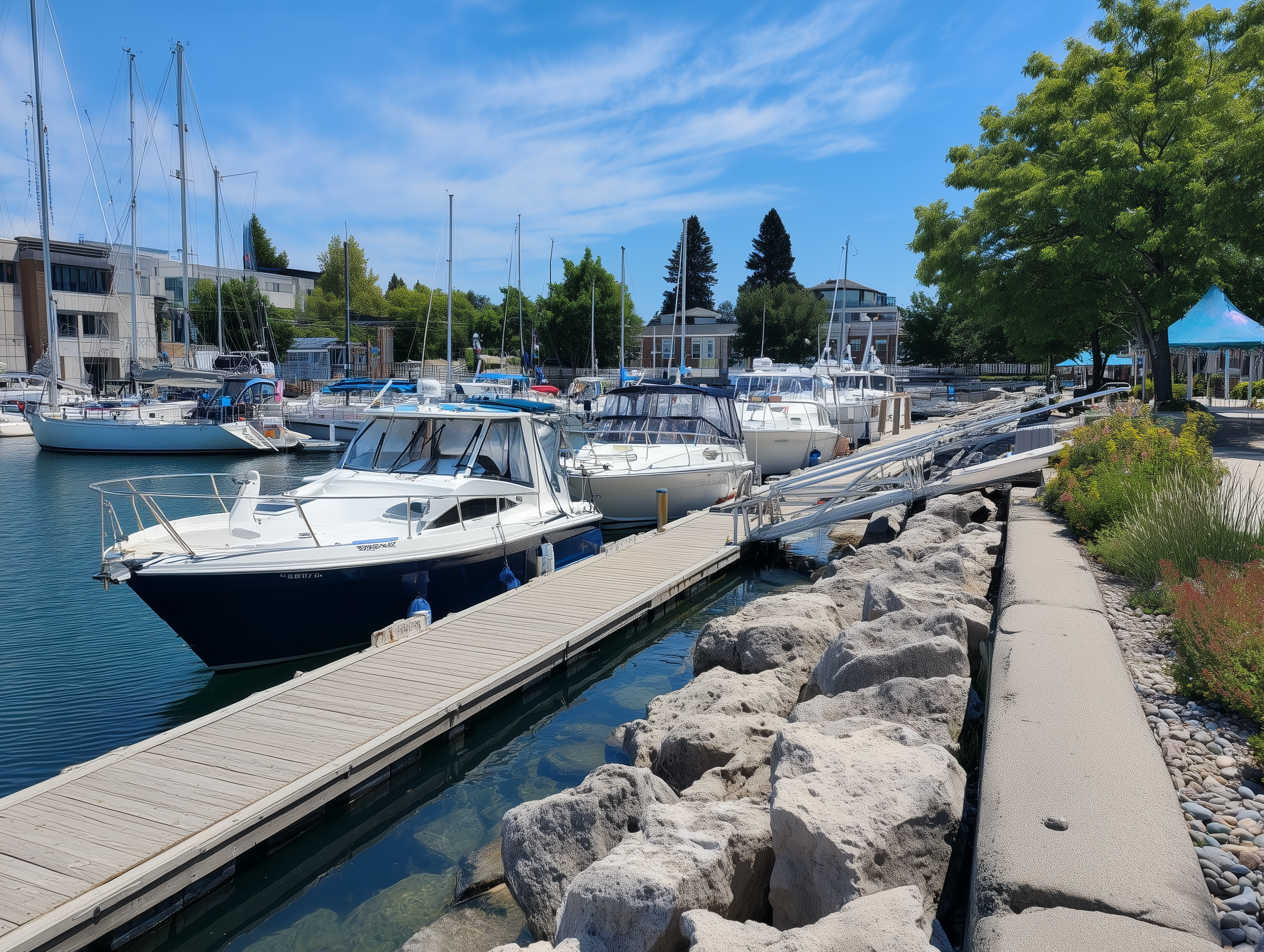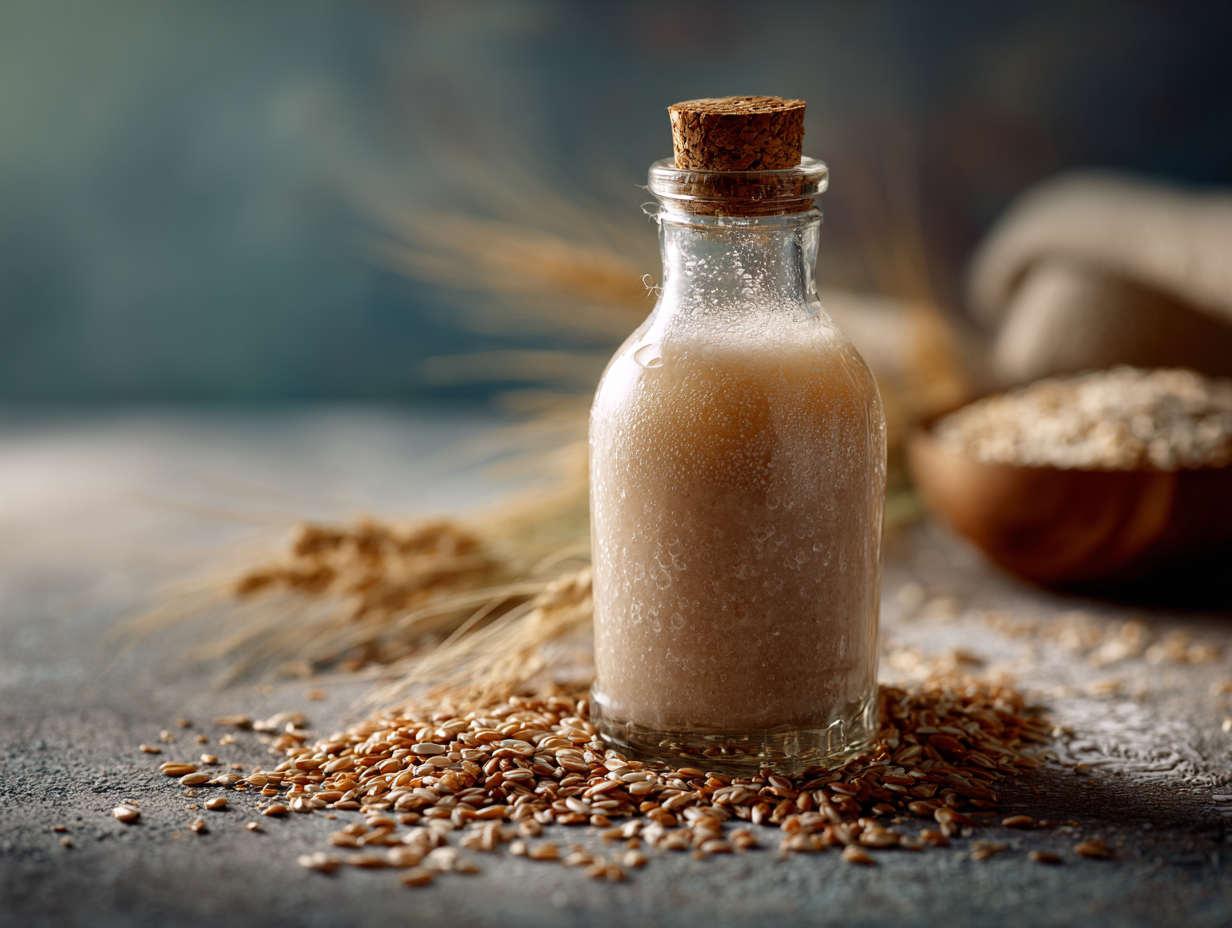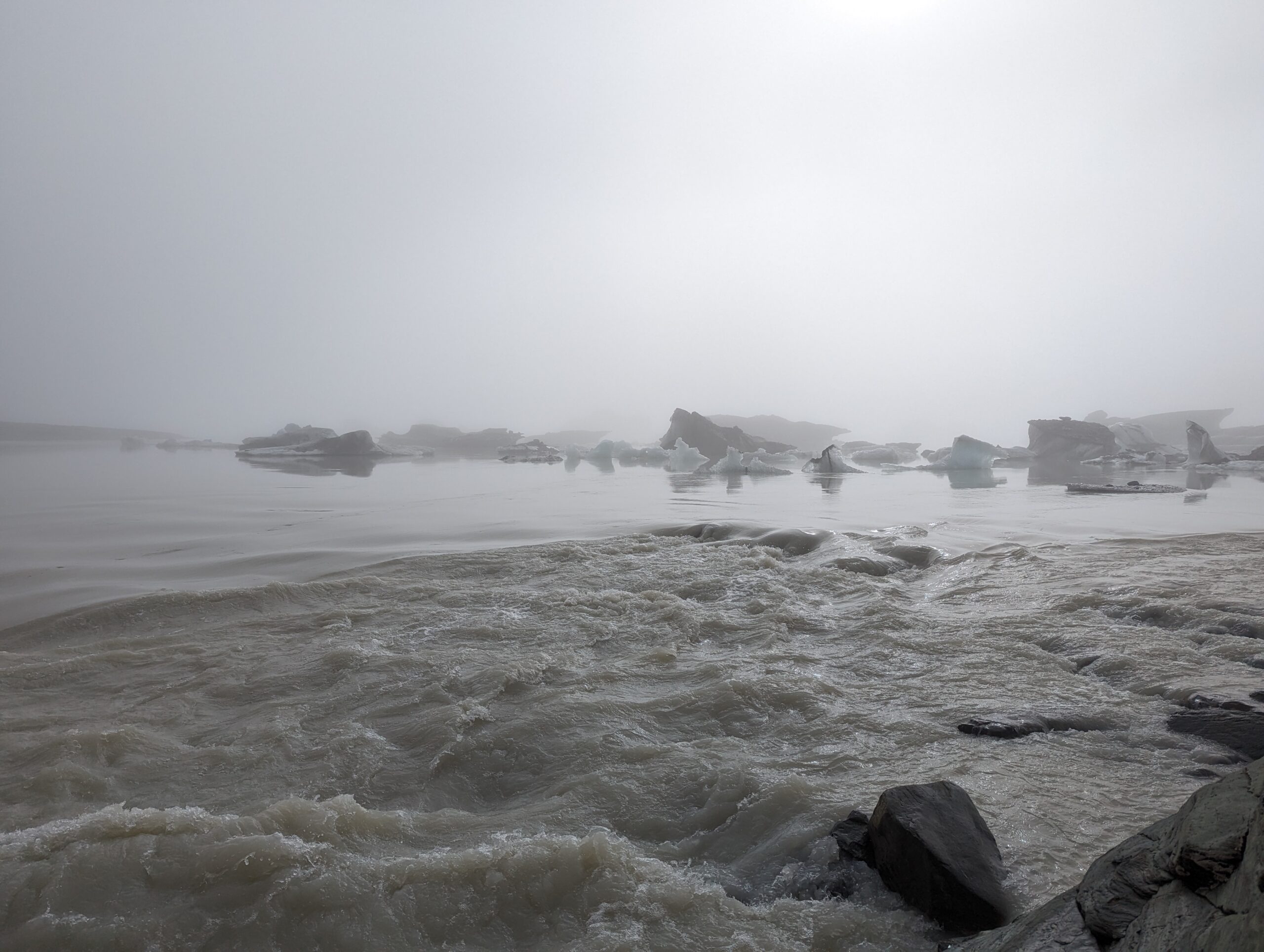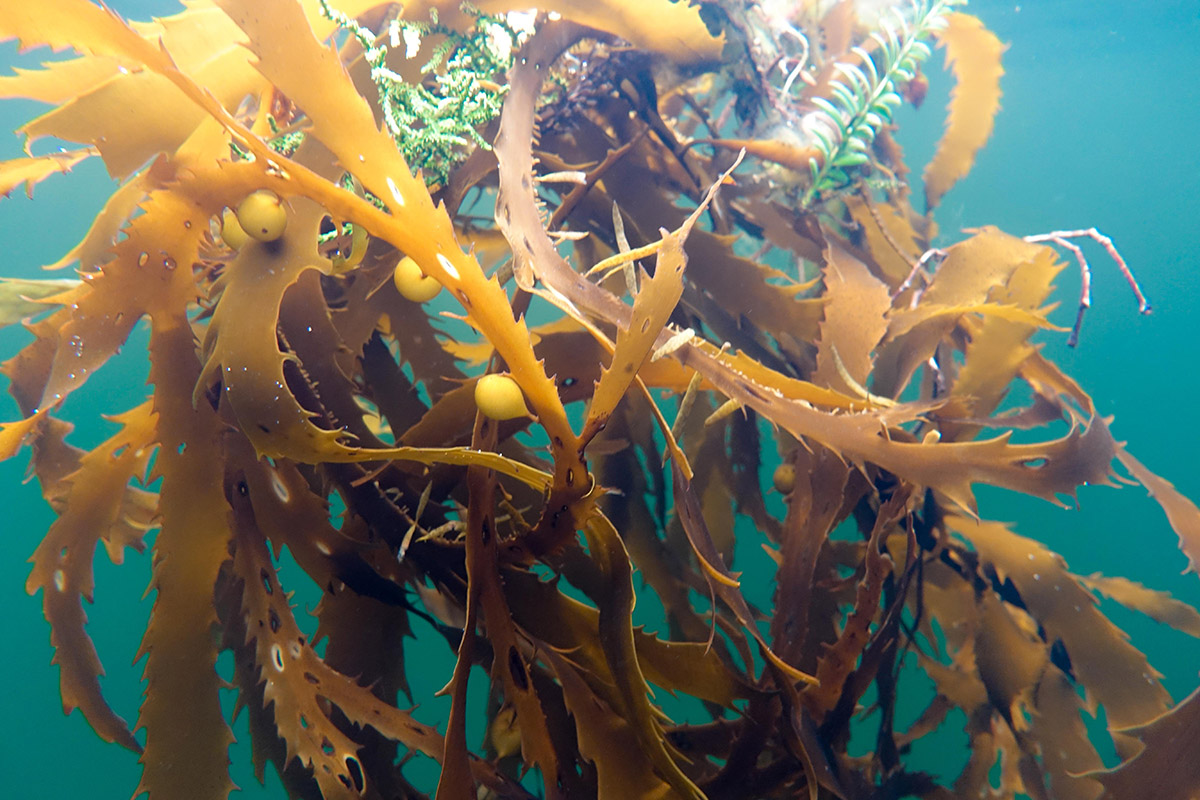Smarter Marine Biosecurity for Waikato’s Coast
Aotearoa-New Zealand’s coasts underpin unique biodiversity, customary and commercial fisheries, aquaculture, and regional economies. They are also exposed to high biosecurity risks, i.e. introduction of non-indigenous species (NIS), from global…
Microbiome Insights for Fermented Foods: Quality, Consistency & Safety
Fermented foods are surging in popularity, but most routine checks still sample only a narrow set of organisms. In collaboration with Mėmelio Fermentuotas we are mapping the full microbiome of…
GuardIAS: Guarding European Waters from Invasive Alien Species
The spread of invasive alien species (IAS) is a growing concern for marine ecosystems, economies, and biodiversity. Human activities—particularly commercial shipping and recreational boating—serve as key pathways for biological invasions…
Unraveling Arctic Ecosystem Changes through eDNA Sequencing
As climate change accelerates the melting of Arctic glaciers, previously inaccessible landscapes are emerging, offering unprecedented opportunities for scientific discovery. One such newly exposed environment is the Eidembukta Lagoon, a…
Is Kelp a Hidden Climate Ally? Investigating Its Carbon Storage Potential
Kelp forests, often overshadowed by terrestrial forests and coral reefs in the global carbon cycle, play a crucial yet underexplored role in climate regulation. These vibrant underwater ecosystems, covering vast…
Ocean Research with Citizens of the Sea
One of the major projects we are proudly partnering in is the Citizens of the Sea project. This initiative is dedicated to answering the many pressing questions we still have…






